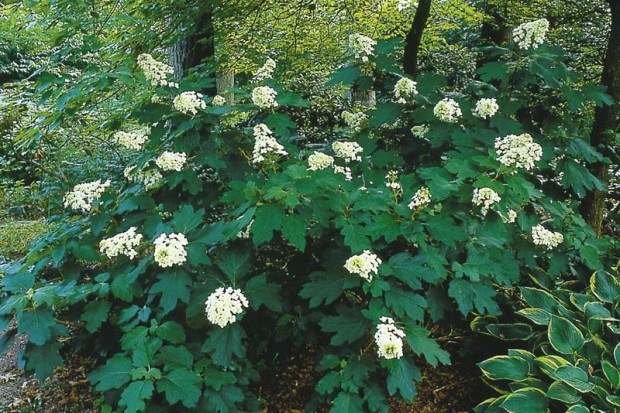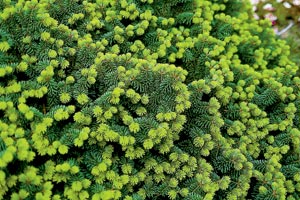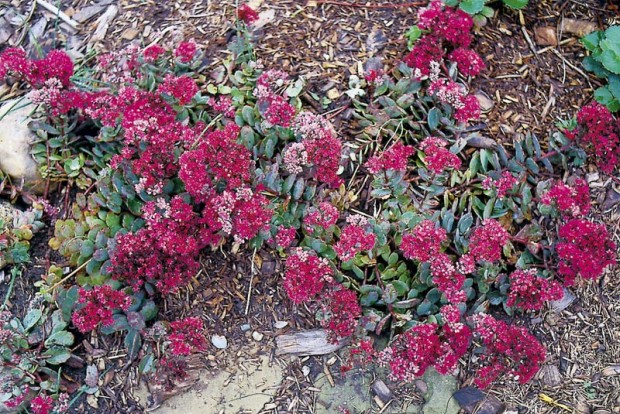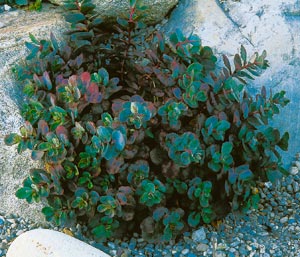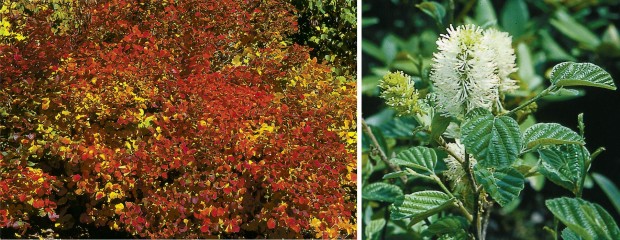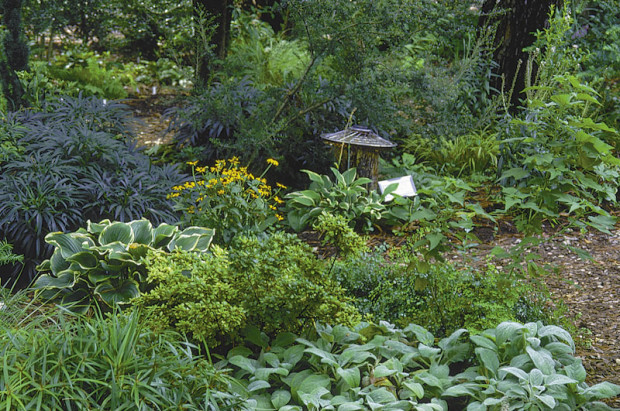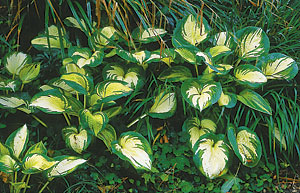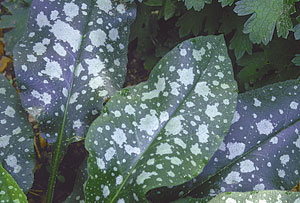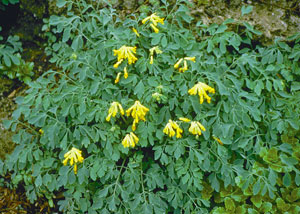
(Credit: Bioglow)
CNET:
When it comes to living things that illuminate, a plant is probably your best bet for a low-maintenance conversation piece to have in your home. It’s much easier to deal with than a jellyfish, or even a glow-in-the-dark cat. Bioglow is preparing to offer its bioengineered Starlight Avatar autoluminescent ornamental houseplants to the public.
Competing companies have popped up, but Bioglow has been leading the movement ever since molecular biologist Alexander Krichevsky created what the company calls the first light-producing plants and published his findings in 2010.

